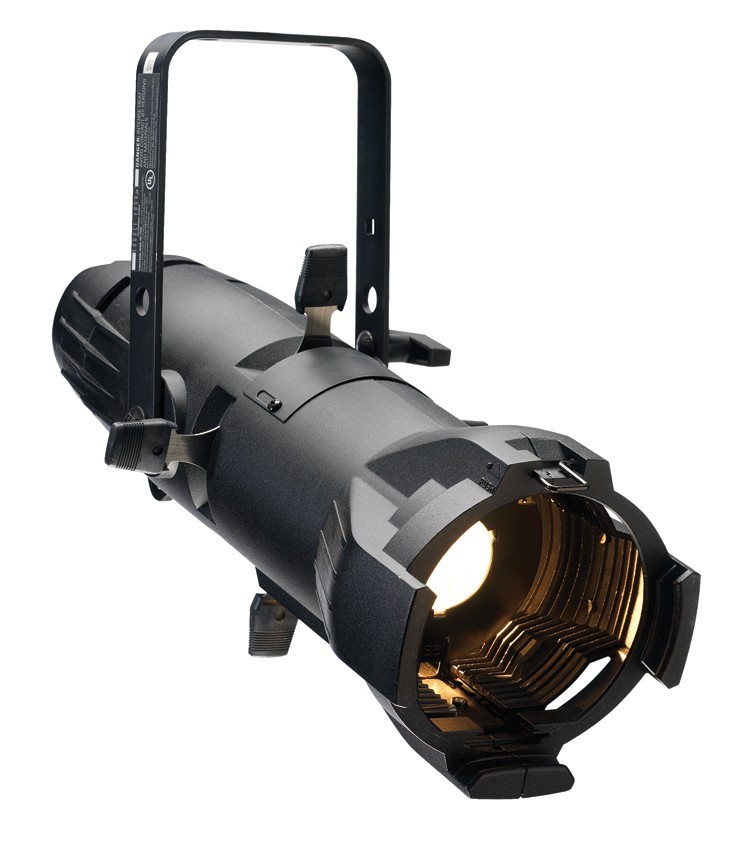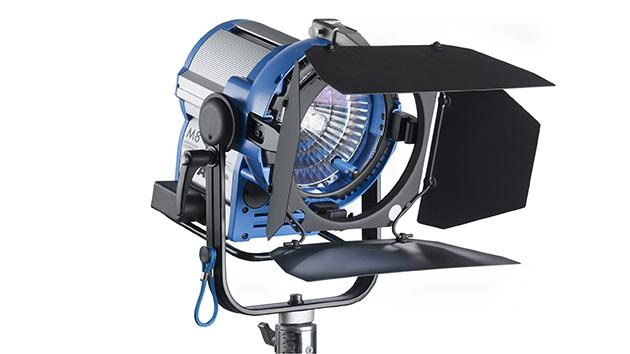Jim Krause | Classes | P356 TV Studio Production
Week 4
Agenda:
- Quiz on Cameras today (Next quiz in two weeks)
- Lighting today & next week, while we produce "Studio 5 Perspectives" It's a two-week, four-part Exercise (Lighting/Set Design, Chyron, Audio & Talent)
- PSA proposals are due next week. We'll spend a few minutes in lab next week so you can share your projects. If you haven't done so already, you need to contact a potential client organization and see if they want to have a PSA produced for them. There are a few potential clients through the Office of Service Learning.
- Demonstration Video proposals are due intwo weeks. This includes a proposal, treatment, floor plan and lighting plot. We will pitch ideas and share them in lab the week after next.
Sample PSA proposal:
Client organization: Bloomington Animal Care and Control.
Contact: Laurie Ringquist, Executive Director
Objective: After watching the PSA, viewers will want to come down to the shelter and adopt a pet.
Target audience: Bloomington & Monroe County residents
Production Design: This 60-second PSA will feature an on-camera spokesman from the shelter and B-roll of pets who need homes. During the production Laurie Ringquist will appear on-camera talking about the pets in need of loving homes. We'll go to digital still pictures of the animals and close with a graphic providing the phone number and location.
Production notes: I will visit the animal shelter next week with my digital still camera and take pictures of pets in need of homes. I'll then transfer these images into the Chyron CG one week before my production.
Review / ? / Quiz
--------------------------------------------------------------
Chyron
You'll have time to learn the Chyron sometime this week or next (depending on rotation). The Chyron is designed to be used live in the field or studio.Graphics are saved as "messages" and given numbers instead of names. Remember to save your sequence of graphics as a continuous series of numbers (E.g. 100, 101, 102, etc.).
Lighting
Cybercollege lighting units: 27, 28, 29, 30, 31, 32, 33 & 34.
3-point lighting (the lighting triangle) includes:
- Keylight: Primary light source. Illuminates the basic shape of the subject
- Backlight: helps separate the subject from the background, creates a figure-ground relationship.
- Fill light. Fills in dark areas. Slows/minimizes the falloff.
A 4th element could be added:
- Background or Set lights. These set mood, locale etc of scene
The lighting triangle is ideal for portraiture, such as when a subject is positioned facing one direction. But it doesn't always work for all TV/stage applications. Talk show host doing opening monologues, stand-up comedians, and TED Talk speakers typically turn their gaze to work the entire room. These setups often have multiple key and back lights so not to favor one particular angle.
Types of lighting instruments
Studio Lighting Instruments generally fall into two categories
- Spotlights
- Floodlights
Lighting coherence or quality- Spotlights generally produce hard light, while floodlights produce soft light.
Spotlights generally produce harder, or more focused light than floodlights. Three types often found include: Fresnel, Ellipsoidal, & Open faced.

Fresnel - usually ranked by wattage of lamp. Fresnel spotlights use fresnel lenses- these glass lenses have an easily indentifiable series of coencentric rings cut into them to focus the light.

Ellipsoidal - much more directional/focusable than typical fresnel spotlights. Examples include:
- Pattern projectors
- Follow spots

Open faced - In open faced lighting instruments, the lamp is housed in front of a reflector, but there is no lens to focus the light. The Lowell Omni and Tota lights are good examples of open faced spotlights. Lighting people directly with open faced lamps usually looks terrible. The best way to deal with open faced lights is to use an umbrella or a diffuser of some sort.
Floodlights
Floodlights create softer light than spotlights. Some types include:
- Scoops: straightforward- they look like ice cream scoops
- Softlight/softbox: My favorite way to create soft key light for intimate interviews. (Sample brands include Chimera & Riffa lights). A spotlight is directed through a diffuser. Less shadows than a scoop
- Broad light: Brighter than a softlight. Shadows are more defined due to higher output and more focused light source.
- Strip/cyc lights: Used to light cycs. Several broad lights contained in a single unit. Good for overall even illumination of backdrops. Often found in theatres.
- light bank. Can be tungsten, LEF or flourescent.
Warning - Using nothing but floodlights will make your scene or set look flat & dull.
Color temperature
We meausre color temperature with the Kelvin scale. The color temperature is determined by type of lamp. Lamps and their approximate color temps:
- Incandescent: bulbs are large. They become redder with age (3200k)
- Quartz or Tungsten Halogen: encased in a quartz bulb with halogen gas. Smaller & retains its color temp (3200k)
- HMI: Hydrargyrum Medium-arc Iodide. They have the same color temp as the sun. (5600k) so are often used for outdoor lighting. They use arc lamps with ballasts and are not cheap. The small ones are sometimes called sun guns.
- Fluorescent: Professional models usually have gel kits to match popular color temperatures. Inexpensive, consumer flourescent bulbs usually have green tints but can work well when mixed with other lights.
- LED: LED lighting has come into popularity as they are relatively inexpensive, draw little power relative to the output and can be gelled to match popular color temperatures.
Indoor vs. outdoors
- 3200°K - Typical indoor color temp
- 5600°K - Average outdoor color temp - Remember that outdoor color temps vary throughout day. Can be anywhere from 3200°-6500°.
Lighting Control Equipment - Youshould become skilled at placing, securing and controlling the light. It can be broken down into:
- Mounting devices
- Light shaping (Focus & spill control)
- Intensity controls
Mounting devices: In Studio 5 we have a pipe grid & counterweight battens
- Pipe grid is stationary. 12 - 18 feet above studio floor. (Need a couple feet more for heat dissipation)
- Battens can be lowered & are used with counterweights & a pin rail systems
- C clamps & safety chains. You need a wrench to securely fasten (Not finger tight)
- Always use safety chain
- Floor stands- good for getting light lower or in odd places. C-stands are popular.
Light Shaping controls:
- Lens/lamp focus. Most spots can be focused from wide to spot. This affects the beam size.
- Barn doors. Help control light spill. (For instance you can stop the back light from shining into the camera lens & causing lens flare.)
- Egg crates - these grids are often used in front of softboxes, broadlights, and lightbanks to reduce unwanted light spill and to help direct the light in a uniform direction.
- Flags. There are hundreds of different sizes and types of flags. A common size on large sets is 3' x 4'. These are usually mounted on a C-stand. Some flags are solid, others can contain diffusion material. Solid flags can be considered free roaming barndoors, and are used to stop unwanted light.
Intensity controls:
- Diffusers soften the light and reduce its intensity. Diffusers can come in the form of a cloth-like material (Tuff spun for example) or in the form of a gel.
- Scrims/screens - a mesh used to cover all or some of a light. Reduces output and softens light a tad.
- Gels - Colored gels and ND (neutral density) gels will reduce the output, without affecting the quality.
- Reflectors- Typically used in conjunction with other lights. Bouncing light off of a reflector can provide nice fill. (A sheet of foam core can work fine)
- Dimmers- reduce voltage. Come in two types: Manual (potentiometer) like on your wall dimmer; Electronic- small control voltage is manipulated, controlling a larger voltage. Often a lighting patchboard or patchbay is used in conjunction with a dimmer
Measuring Intensity
We measure intensity in lux or foot-candles. Light meters give us objective & accurate means of determining light intensity.
Lux (European) vs. foot-candle aka lumen (American).
- A lux is the amount of light that falls on the surface of a square meter using a candle as a light source burning one meter away
- A foot-candle is the amount of light that falls on the surface of a square foot using a candle as a light source burning one foot away
The inverse square law states that for every foot you move away from a light source, your intensity will drop off by 1/4
10.75 lux = 1 footcandle
Incident vs reflected light - Measured in two different ways!
- Incident light: the light falling on a subject or performance area
- Reflected light: the amount of light bouncing off or reflected from your subject
Lighting Techniques
Cameo lighting - Background is black. Foreground (subject) is illuminated. (Like in Charlie Rose show)
Silhouette lighting - Background is illuminated. Subject is not lit. Create effect of dark figures against a background.
Broad verses Narrow or Downstage verses Upstage lighting
Quick interview example (Vimeo)
Tips for good, general studio lighting:
Set design/blocking: Keep subjects/talent away from flats and backdrops. It's good to have at least 8 feet between the flats and your talent. This allows you to get lighting on your subject and treat/light your set separately from your talent.
First set the Key lights - Use separate, multple keys for each subject or area. Keep angle of light under 45 degrees. (In other words don't put the light anywhere over their heads.) Diffusion will soften light, causing fewer shadows.
Add the backlights - A steeper angle (35 degrees) is OK, but avoid placing them directly over the talent's head. The right colored gel can be a nice touch and bring out the color in hair or clothing.
Light the set - Unless you're trying for the white background look, keep the light level of the set below that of the talent's. In other words keep the talent more illuminated than the background.
Fill light - After you've placed the key, back and set lights, add whatever fill is necessary (chances are you won't need much).
ETC Console
- Manual | Supplement
- DMX: Digital MultipleX - digital communication protocol for lighting and stage instruments
- Fixture: light (intelligent lights can have different profiles)
- Dimmer: Switched circuit
- Channel: Name to control a dimmer
- Address: Unique number to control a specific attribute of fixture
Lab (weeks 4 & 5)
Activity: Lghting & CG exercise)
Goal: Become proficient building simple sets & setting lights
Receive CG tutorial & practice winding cables


